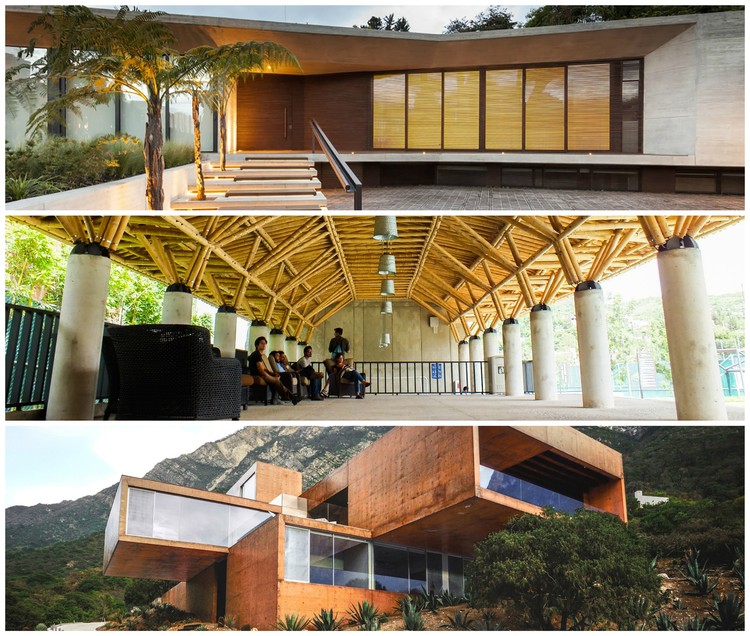
With the close of the seventh Solar Decathlon competition last month in Irvine, California, we couldn't help but reflect on our own experience in the 2013 competition as leaders of Start.Home - Stanford University's first entry into the US Department of Energy (DOE)'s biennial net-zero energy home competition which ultimately placed fifth. With the advantage of two years of hindsight, we can now clearly see that our experience in the Decathlon has had incredible educational value to us, not only as students of architecture and engineering, but also as leaders and future professionals in interdisciplinary projects.
However, echoing recent sentiments on ArchDaily, we feel it is unclear whether the Solar Decathlon still has any of the other values it set out to have; namely to showcase cutting-edge renewable and sustainable technology in residential building design to industry and the public. In fact, as the competition looks ahead with uncertain governance and sponsorship, without some serious reexamination of its fundamental goals the Solar Decathlon may be facing its own setting sun. How did the Solar Decathlon reach its current state of irrelevance? More importantly, how should it innovate to see a new dawn in the coming years?








.jpg?1445874627)


















.jpg?1445550937)


























